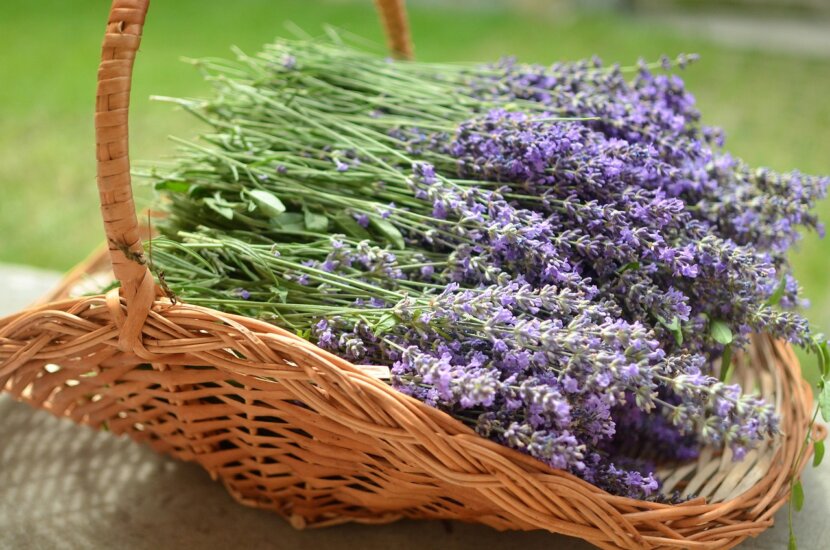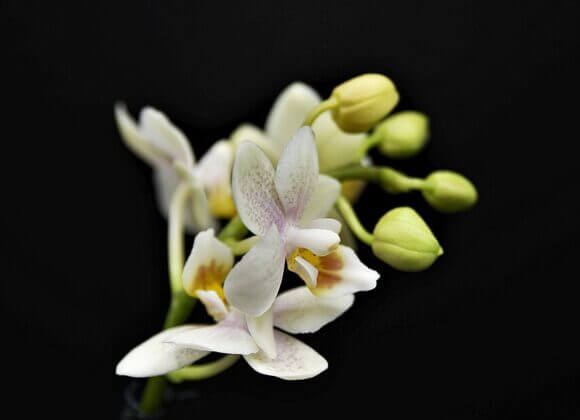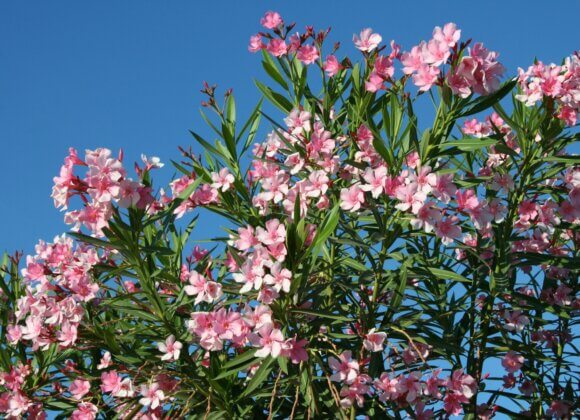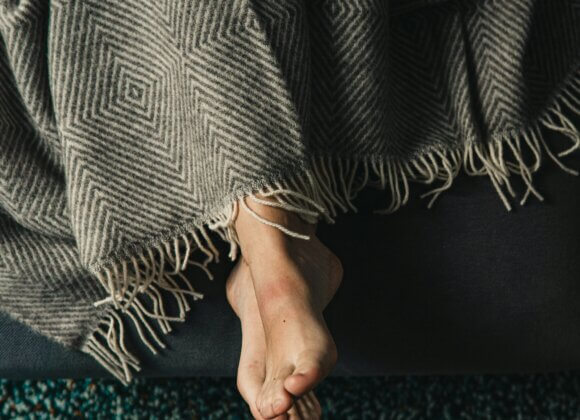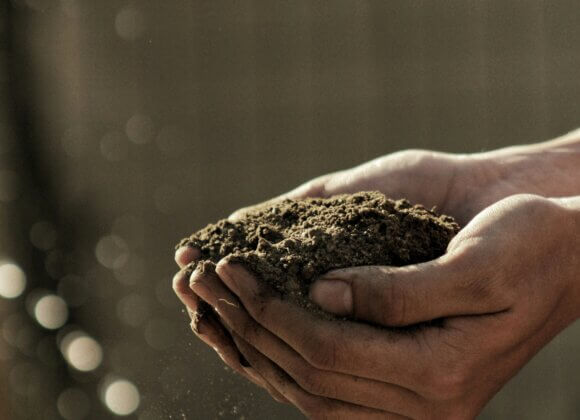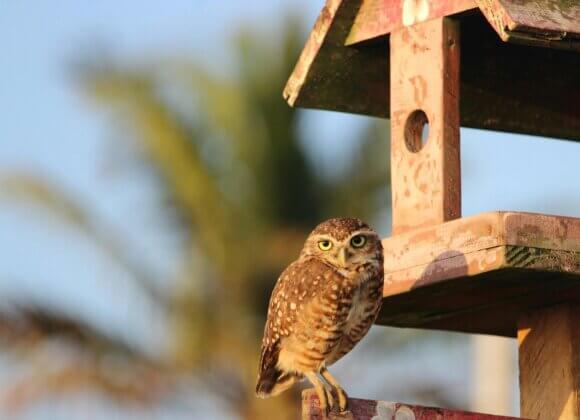Originally from the Mediterranean region, lavender is now also a welcome resident in gardens and on balconies in our latitudes. We have the best tips to help you enjoy it for a long time.
The wonderfully fragrant, mostly purple, but also white flowering lavender is a real treat for the eyes and nose. But that’s not all: the robust fragrant plant, which flowers between May and August depending on the variety, is also a good source of food for insects, and people value it as a medicinal plant. The essential oils in the flowers and leaves have a calming, harmonizing, antibacterial and anti-inflammatory effect. They have also proved their worth in many closets as protection against moths.
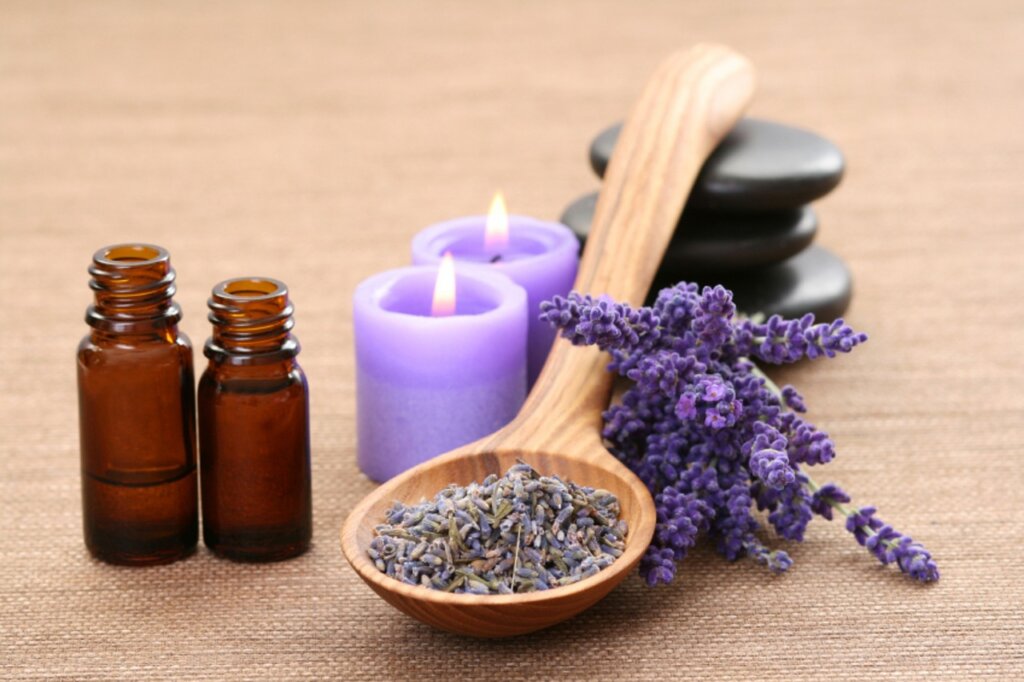
When should you plant lavender?
Lavender is best planted when the soil warms up and no or hardly any frost is expected. This means that, depending on the region, the planting time for lavender begins at the end of March or beginning of April. To protect the plant from late frost, you can protect the roots with a layer of mulch.
Lavender care: The right soil
This perennial semi-shrub, which belongs to the labiate family and can grow to a height of around one meter, prefers well-drained, calcareous, sandy and rather nutrient-poor soil. If the soil is heavy and wet, it is advisable to incorporate gravel, sand or crushed stone. A little tip: roses and lavender are considered a perfect duo by amateur gardeners, not least because lavender supposedly protects these neighbors from aphids. However, the combination does neither of them any favors: Roses prefer humus-rich, loamy soil that is not too poor in nutrients.
If the summer bloomer is planted in pots or window boxes, a layer of broken clay or gravel should be added to the container as drainage. Given its Mediterranean origin, lavender also prefers a sunny, warm and sheltered location. Roses and lavender should therefore never be planted too close together.
How to care for lavender properly?
In principle, lavender is an undemanding garden and balcony inhabitant: you can confidently do without fertilizer and compost – and it should only be watered if it is persistently dry. The only thing you should remember to do when caring for your lavender is to prune it regularly to prevent the plants from senescing.
What mistakes can you make when pruning lavender?
The biggest mistake is not pruning the flowering shrub. But even if you do reach for the scissors, there are a few things you can do wrong – such as choosing the wrong time. Lavender should be pruned for the first time, but only lightly, immediately after flowering. In other words, only the faded flowers should be removed.
Hobby gardeners should get to work early in the spring, when the plant can be cut back to the woody parts. However, be careful not to cut too much into the old wood – lavender will no longer sprout in these areas.
Why does lavender die in a pot?
Waterlogging is often the reason for this. To avoid this, a drainage layer should be placed at the bottom of the pot, as mentioned above. With plastic pots, you should also ensure that rain and irrigation water can drain away easily. With all pots, the plants should be spared a footbath.
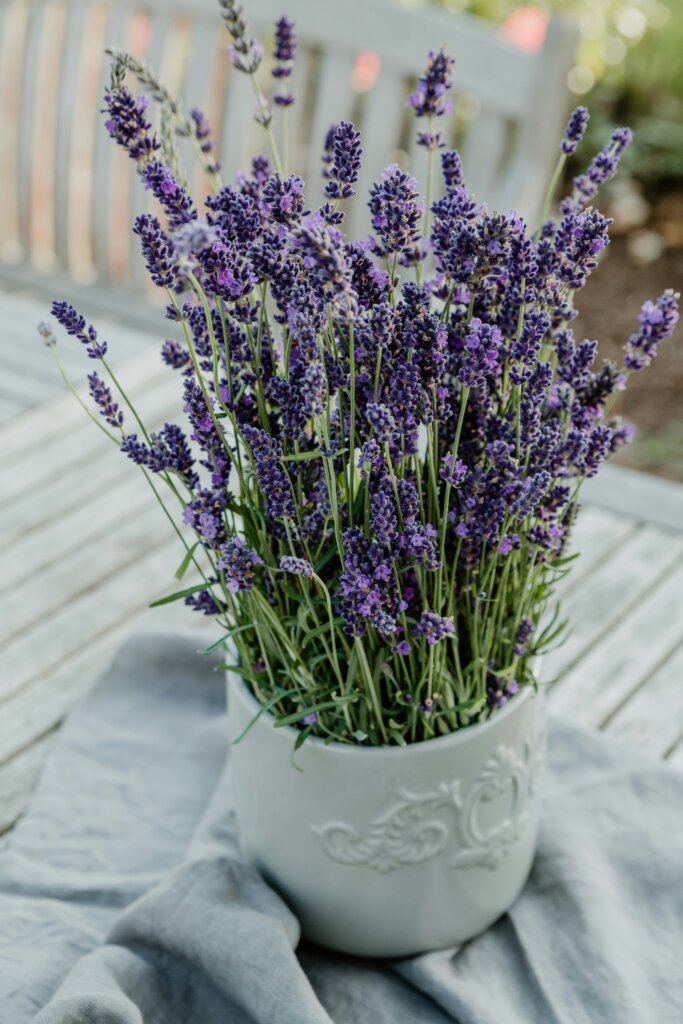
Is lavender hardy and perennial?
Lavender is generally a warmth-loving plant. However, there are species that cope well with our winters, such as Lavandula angustifolia.
In particularly cold regions, however, this species will also appreciate a winter cover of brushwood. Other species, such as crested lavender (Lavandula stoechas), which is usually planted in pots, troughs and balcony boxes anyway, should be overwintered indoors. It prefers a bright and cool place with temperatures between five and ten degrees Celsius for the winter.
Related posts:
Caring for hydrangeas: The best tips for magnificent flowers


